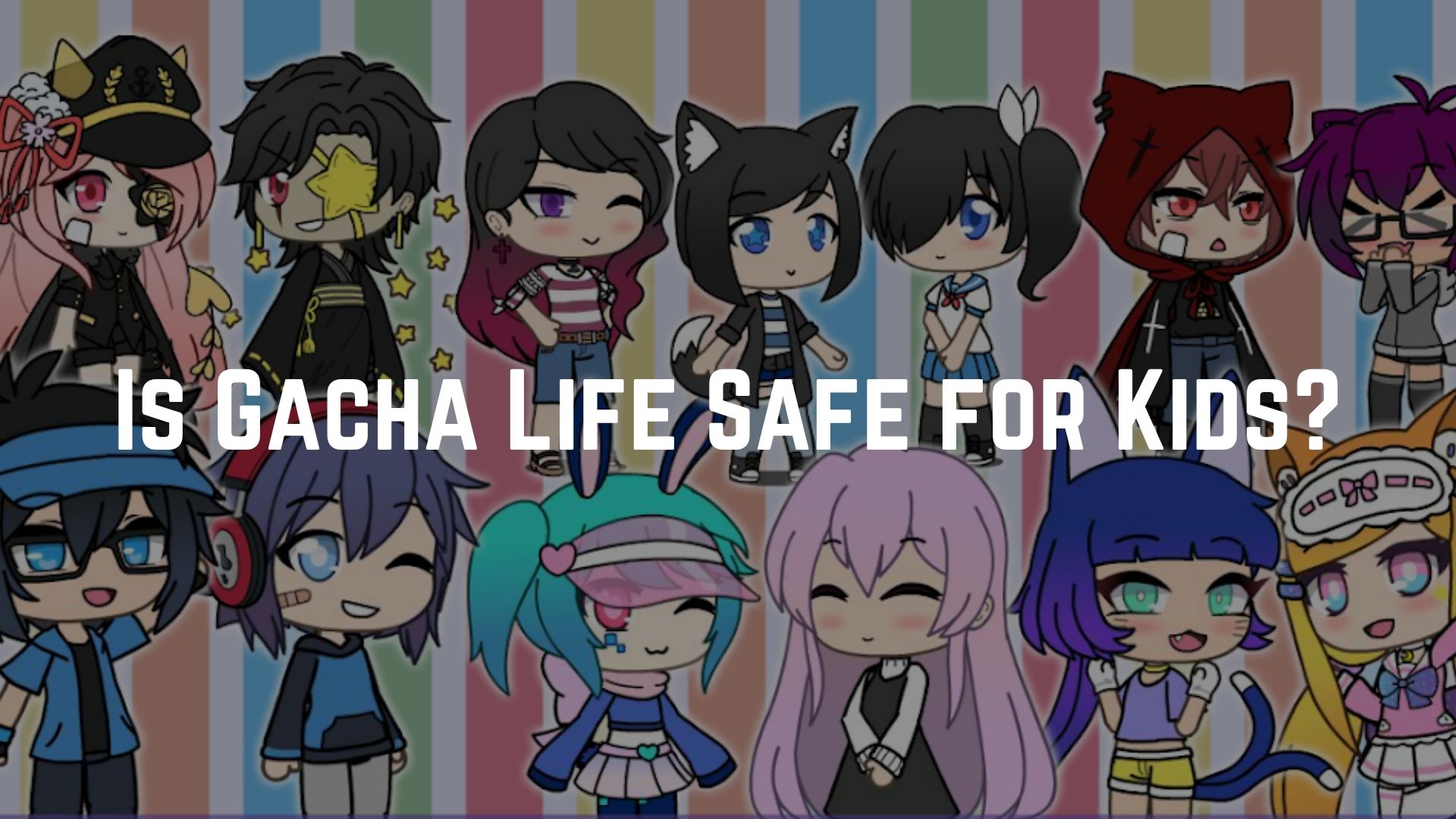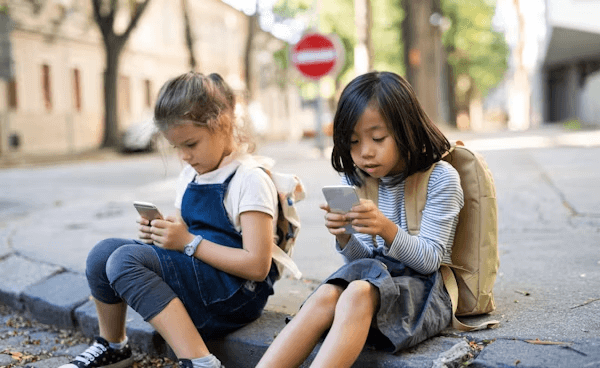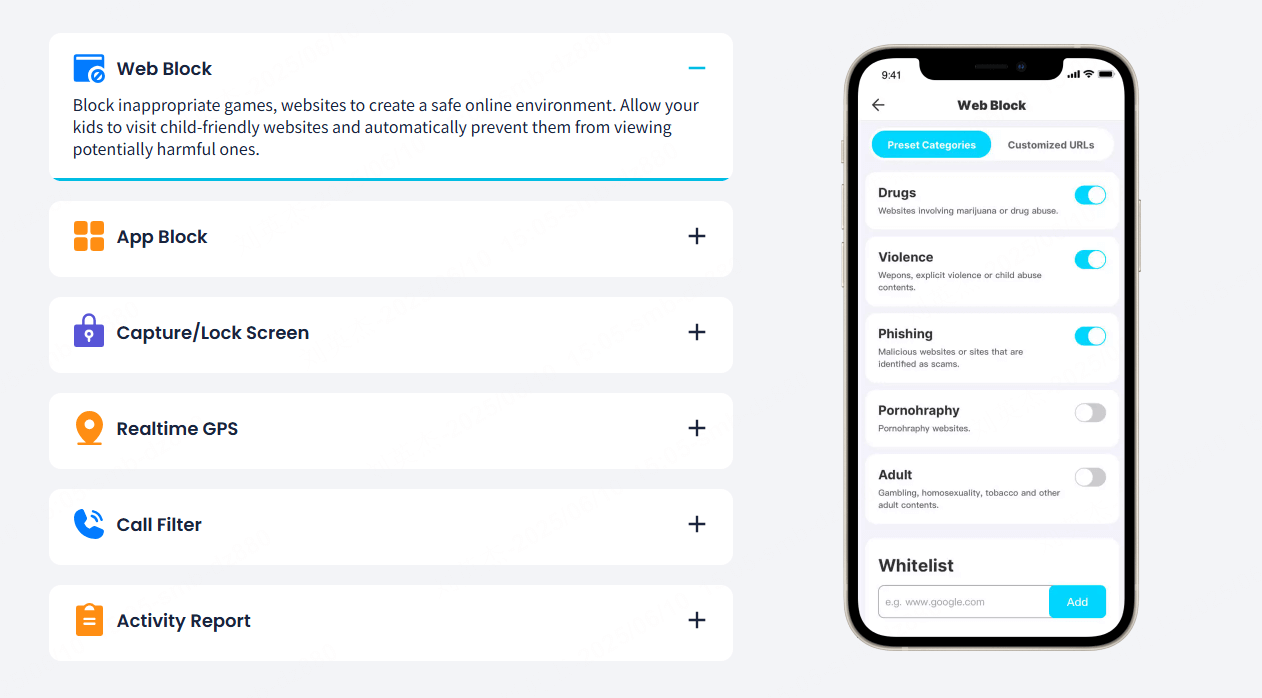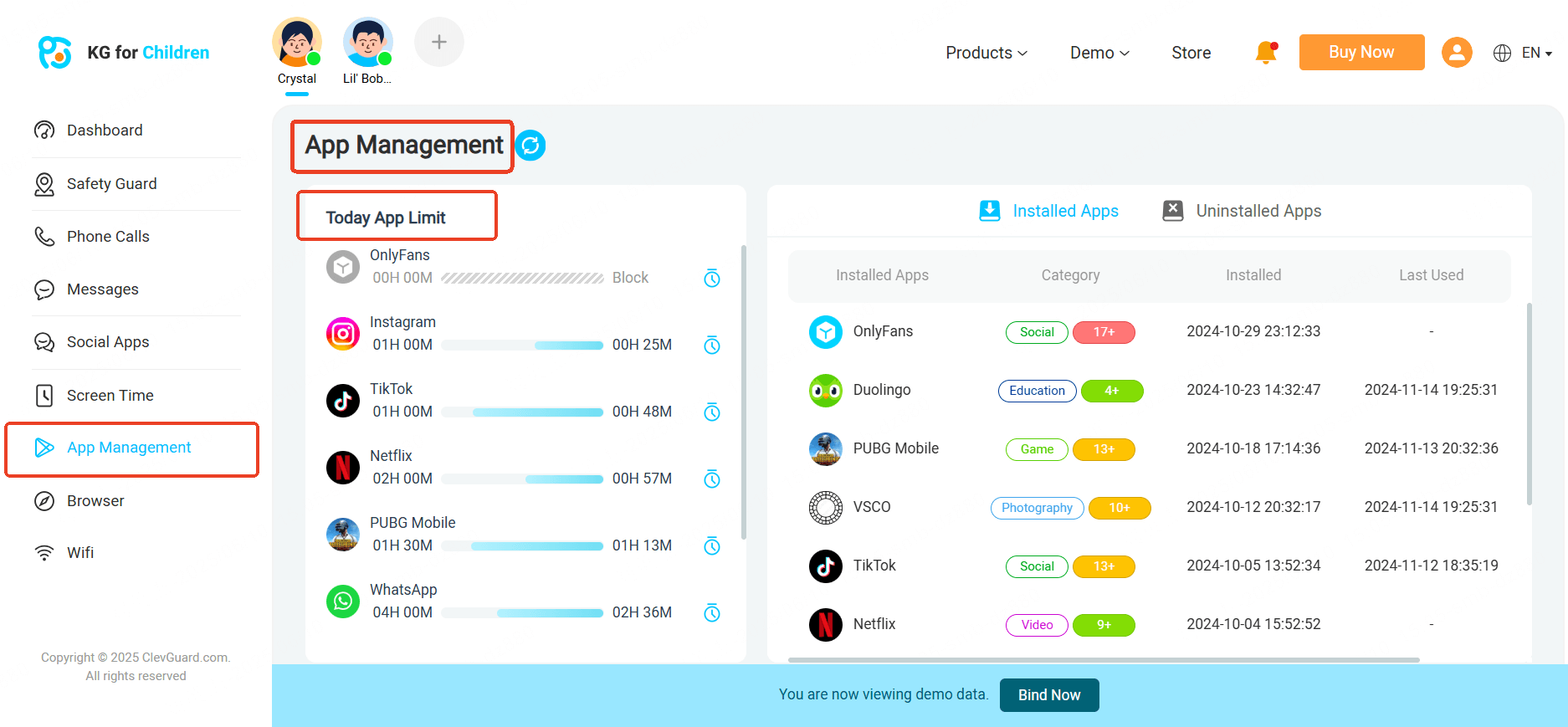ClevGuard Support: Monitor Devices with Others' Permission.

Gacha Life is a widely downloaded mobile game that appeals to tweens and teens with its cute anime avatars and open-ended creativity. It's especially popular for its character customization and storytelling features, which often spill over into YouTube and social media. But with so much user-generated content and an active online community, parents may ask: Is Gacha Life safe for children?
This guide will explore what Gacha Life is, why it's so appealing to kids, and the safety concerns it presents. We'll also provide practical advice for parents, including digital safety tips and how to use parental controls to ensure a safer experience for younger users.
Table of Contents
What Is Gacha Life?
Gacha Life is a free-to-play mobile app created by Lunime, launched in 2018. Its name comes from the Japanese term "gacha," which refers to capsule toy vending machines. However, Gacha Life doesn't operate like traditional gacha games that rely on chance-based mechanics and microtransactions. Instead, the core gameplay focuses on avatar creation, character interaction, mini-games, and skit-building in "Studio" mode.
Players design anime-style characters, set up scenes, and script dialogues—often sharing their creations on YouTube and other platforms. Gacha Life can be played offline, but much of its influence exists in the broader digital community, where user-created content can vary widely in tone and appropriateness.
Why Is Gacha Life Popular with Kids?
1Creative Freedom
Kids enjoy the ability to create their own characters and storylines. Gacha Life supports imaginative play and storytelling, encouraging players to express themselves visually and narratively.
2Social Sharing
Many players upload their skits or "Gacha edits" to platforms like YouTube. These videos often attract large audiences, giving kids a sense of community and visibility.
3Visual Appeal
The anime-style graphics are colorful and charming, which naturally attracts a younger audience. The aesthetic is familiar to fans of anime and related pop culture trends.

Is Gacha Life Really Suitable for Kids?
While Gacha Life may seem child-friendly at first glance—with its colorful graphics and customizable characters—it isn't without its concerns. The app itself does not include violent gameplay or gambling mechanics, but the surrounding community and the user-generated content can expose children to inappropriate material.
One major issue stems from the content shared outside of the app, especially on platforms like YouTube. A trend known as "Gacha Heat" has resulted in the creation of videos that depict sexualized or violent storylines using Gacha characters. These videos are not regulated by Lunime and are easily accessible to young users searching for Gacha-related content.
Additionally, the app allows players to, create scenes and skits which opens the door to storytelling that may involve mature or disturbing themes. Although Gacha Life does not feature live chat or multiplayer functions, the content can simulate conversations or scenarios that are harmful for younger audiences.
Another area of concern is in-app advertisements and purchases. Without proper parental restrictions, children may be exposed to unsuitable ads or make accidental purchases. While the app is free, these elements can lead to unexpected expenses or exposure to third-party content that hasn't been vetted.
For these reasons, Gacha Life is not ideal for unsupervised young children. Parental oversight is essential to ensure the app is used safely and within appropriate boundaries.
The Risks Parents Need to Know
Inappropriate Content Exposure
One of the major concerns is "Gacha Heat" —a trend where users create sexualized or violent storylines using the game's assets. Though not hosted in-app, these videos circulate widely online.
User-Generated Content
There is little to no moderation of skits or storylines once they are shared online, making it easy for inappropriate or mature themes to reach children.
Chat/Text-Based Scenarios
Some kids simulate conversations or storylines with dark or harmful narratives. While Gacha Life itself lacks direct chat, content shared externally may include such elements.
In-App Ads and Purchases
Although the app is free, it includes ads and optional purchases. If payment controls aren't set up, kids could make unintended purchases. You can learn how to disable in-app purchases to avoid this issue.

How to Keep Your Child Safe on Gacha Life
Monitor Shared and Viewed Content
Regularly check what your child watches or uploads on YouTube, TikTok, and similar platforms.
Open Conversations Matter
Talk with your child about the content they create and consume. Encourage openness about anything confusing or upsetting they encounter.
Encourage Critical Thinking
Help your child differentiate between age-appropriate and harmful content, and promote healthy online behaviors.
Set Screen Time Limits
Limit daily use of the app to avoid overexposure. A good parental control app can help you manage this.
ClevGuard's Tips: Use Parental Control Tools to Protect Your Child
Digital tools can support parents in supervising app usage and online activity. For example, KidsGuard for Children allows parents to monitor screen time, block inappropriate apps, and even track YouTube viewing history.

Parents can also use a reliable parental control app to block specific websites, manage app installations, and enable kid-friendly filters across search engines and browsers. Setting SafeSearch options or using tools with keyword alerts can also help flag inappropriate behavior early.

Conclusion
Gacha Life offers a creative outlet that appeals to many young users, but it also introduces risks tied to online content and community behavior. By understanding the app's features, communicating openly with children, and leveraging parental tools, parents can support a safe and enjoyable experience. Ultimately, digital safety is best achieved through active engagement and thoughtful guidance—not just restrictions.



